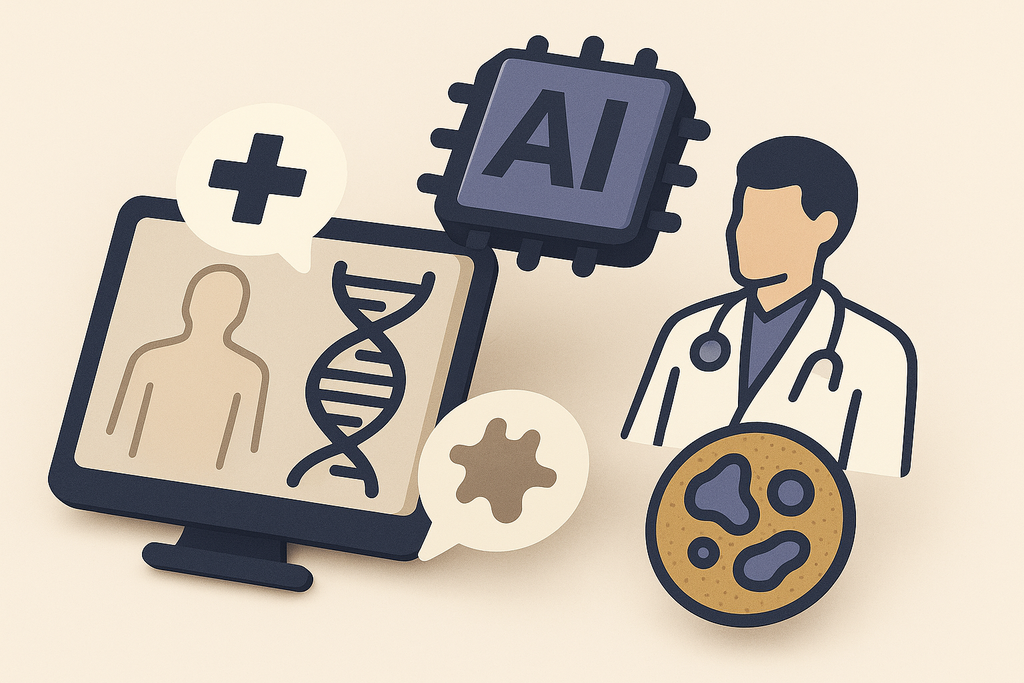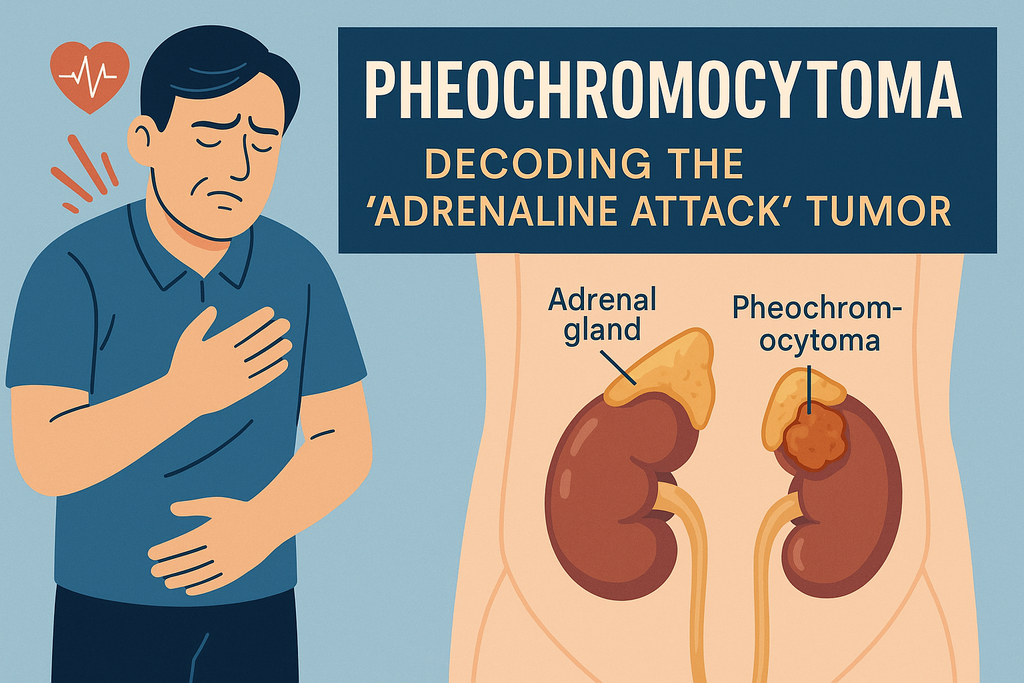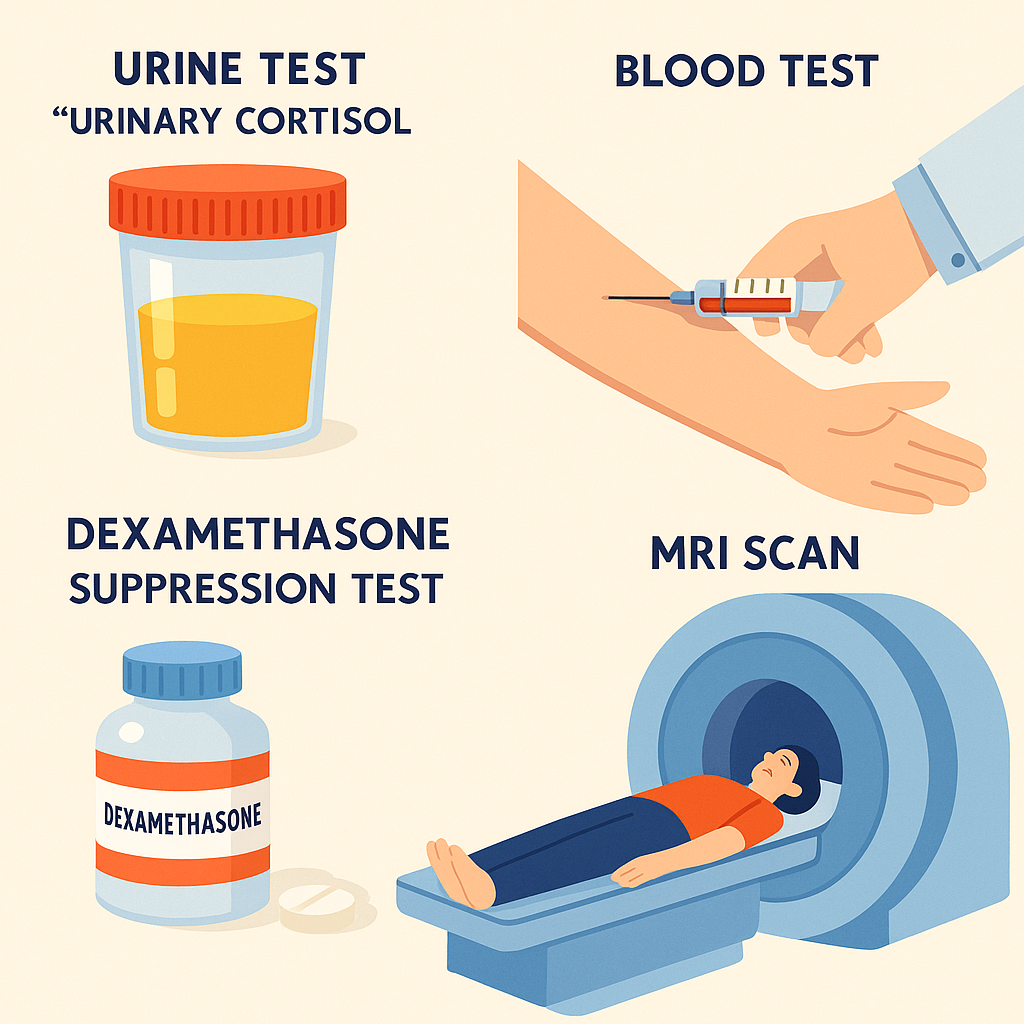News — rare diseases
Faster, More Accurate Diagnosis: The Power of AI in Telehealth for Rare Diseases
AI in healthcare rare diseases telehealth
Imagine struggling with unexplained symptoms for years, visiting multiple specialists, undergoing endless tests—only to leave without a diagnosis. For millions of people living with rare diseases, this is the norm. But thanks to the rise of artificial intelligence (AI) in telehealth, this frustrating journey may finally have a hopeful detour.
AI-powered tools are transforming the way healthcare professionals detect, analyze, and treat rare conditions—many of which are notoriously difficult to diagnose. By integrating big data, machine learning algorithms, and remote health platforms, AI in telehealth is bringing faster, more accurate diagnoses to the people who need them most—regardless of their location. In this article, we explore how this cutting-edge combination is rewriting the future of rare disease care.
Pheochromocytoma: Decoding the “Adrenaline Attack” Tumor
adrenal cancer adrenal crisis adrenal gland tumor adrenal hormones adrenal surgery adrenal tumor symptoms adrenaline spikes adrenaline tumor catecholamine excess endocrine system genetic tumors high blood pressure hypertension causes medical imaging metanephrines pheochromocytoma pheochromocytoma diagnosis pheochromocytoma treatment rare diseases rare endocrine tumor
Imagine experiencing sudden surges of intense anxiety, a racing heart, pounding headaches, and severe sweating—often without any obvious trigger. These terrifying episodes may seem like panic attacks, but for some, the true culprit is far more rare and dangerous: a tumor known as pheochromocytoma.
Often dubbed the "adrenaline attack" tumor, pheochromocytoma arises from the adrenal glands and causes an overproduction of hormones like adrenaline and noradrenaline. These chemical messengers are crucial for our fight-or-flight response, but when their release becomes uncontrolled, they wreak havoc on the body. Understanding this condition is vital—not just for early diagnosis, but for preventing potentially life-threatening complications. Let’s decode this adrenal menace, from its symptoms and causes to diagnostic steps and treatment options.
How is Cushing's Syndrome Diagnosed? Key Tests and Procedures Explained
24-hour urine test ACTH adrenal tumors cortisol excess cortisol testing Cushing’s disease Cushing’s syndrome cyclic Cushing’s dexamethasone suppression diagnosis of Cushing’s endocrine disorders endocrine testing high cortisol hormone imbalance how is Cushing’s diagnosed lab testing for Cushing’s pituitary MRI rare diseases salivary cortisol signs of Cushing’s
Often mistaken for stress, weight gain, or hormonal shifts, Cushing’s syndrome is a condition that hides in plain sight. Caused by prolonged exposure to high cortisol levels, it can lead to a host of serious health problems if left unchecked. But because many of its symptoms overlap with other disorders, getting a definitive diagnosis isn't always straightforward. That’s where a precise and layered diagnostic approach becomes essential.
Whether you're a healthcare professional, a concerned patient, or simply curious about this elusive endocrine disorder, understanding how Cushing’s syndrome is diagnosed can help demystify the process. From urine and saliva tests to advanced imaging techniques, the journey to uncovering this condition is as much about ruling out what it isn’t as confirming what it is. Let’s walk through the essential diagnostic tools doctors use to zero in on this challenging syndrome.



